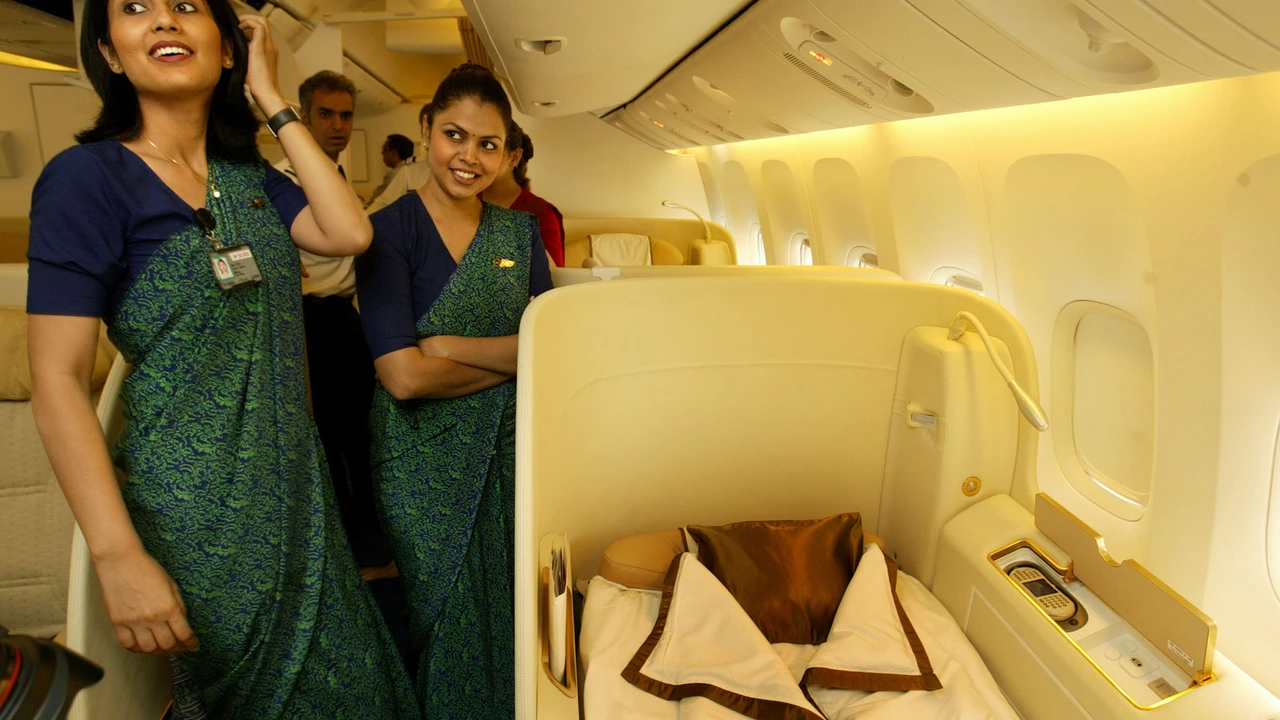Eastward Travel – Your Guide to Heading East
Thinking about traveling east? Whether you’re moving from the West Coast of the US to the bustling streets of Tokyo, or hopping from Delhi to the beaches of Thailand, heading east opens a whole new world. The change in time zones, scenery, and culture can feel exciting and a bit overwhelming, but with the right plan you’ll feel confident from day one.
Why Travel East?
Eastward trips often mean you’ll see sunrise before you set your alarm back home. That extra daylight can give you more time to explore. You also get to experience cuisines that use different spices, flavors, and cooking methods – think dim sum, kimchi, or biryani that’s cooked slow over a wood fire. Finally, many popular routes head east because they follow historic trade pathways, so you’ll find ancient temples, bustling markets, and modern skylines all in one journey.
Practical Tips for Eastward Trips
First, adjust your schedule a few days before you leave. Going to bed an hour earlier each night can reduce jet lag when you cross several time zones. Second, pack lightweight layers. Flights east often land in humid climates, so breathable clothes keep you comfortable. Third, keep a digital copy of important documents – passports, visas, and travel insurance – in your email or cloud storage. If you lose the paper version, you’ll still have access.
Money matters, too. Exchange a small amount of local cash before you arrive; it helps with taxis or street food stalls that don’t accept cards. When you’re ready to spend, use a card with no foreign transaction fees – it saves a few bucks on every purchase. And always have a backup payment method, just in case.
Transportation inside the country can be a puzzle. In many eastern destinations, trains are cheap and run frequently. In places like Japan or China, high‑speed rail cuts travel time dramatically. If you’re on a tighter budget, buses or shared rides are abundant and reliable. Download local transit apps before you travel – they show schedules, fares, and real‑time updates.
Don’t forget to respect local customs. In many eastern cultures, it’s polite to remove shoes before entering homes or certain temples. Learning a few basic phrases like “hello”, “thank you”, and “excuse me” goes a long way. It shows you care and often earns a friendly smile from locals.
Finally, capture the experience but live it. Snap photos of sunrise over the mountains, but also sit in a tea shop and watch the world go by. Talk to street vendors, ask why they love their city, and you’ll get stories you won’t see in any guidebook. Those moments become the best part of your eastward adventure.
Ready to start planning? Pick a destination, set a budget, and use the tips above to build an itinerary that feels right for you. Eastward travel isn’t just a direction – it’s a chance to see new horizons, taste fresh flavors, and make memories that last a lifetime.

Why don't we fly east to go from India to USA?
We don't fly east from India to the USA primarily due to the Earth's rotation and the jet streams that impact flight paths and fuel efficiency. The Earth rotates from west to east, and jet streams, which are strong air currents, also flow from west to east. So, flying westward from India to the USA is faster and more fuel-efficient due to these natural phenomena. Also, it's safer to follow these established routes to avoid areas of turbulence and bad weather. Taking the western route also allows pilots to make emergency landings if needed, as it's populated with many airports.